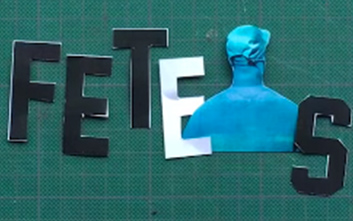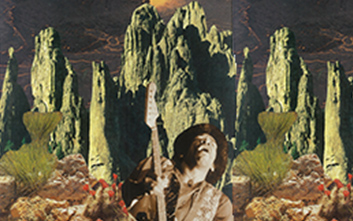Phoebe Kahlo has taken cutting and pasting to a whole new level, creating surreal masterpieces oozing with symbolism. Trading in the relaxed movement of painting for a more direct medium, analogue collage has been a passion of Kahlo’s since she was a child.
From mundane catalogues to Dover’s pictorial archives, vintage National Geographic magazines and a collection of images from the British Library, the 34-year-old artist embraces the idea of perception and themes her work accordingly. If it wasn’t for the Kahlo’s shoulder injury followed by an outstretched recovery, she may never have turned to analogue collage as means of a creative outlet.
Although Kahlo’s works may seem highly detail orientated and extremely time consuming, analogue collage acts but only as a sideline to her day job as a family lawyer. Having previously studied a Bachelor of Law and a Bachelor of International Relations, it’s needless to say that Kahlo is one of the rare talented individuals who flourish in an academic world, as well as in a creative one.
We chatted to Phoebe to find out a bit more about her passion, and the in-depth meanings and inspirations behind her work.
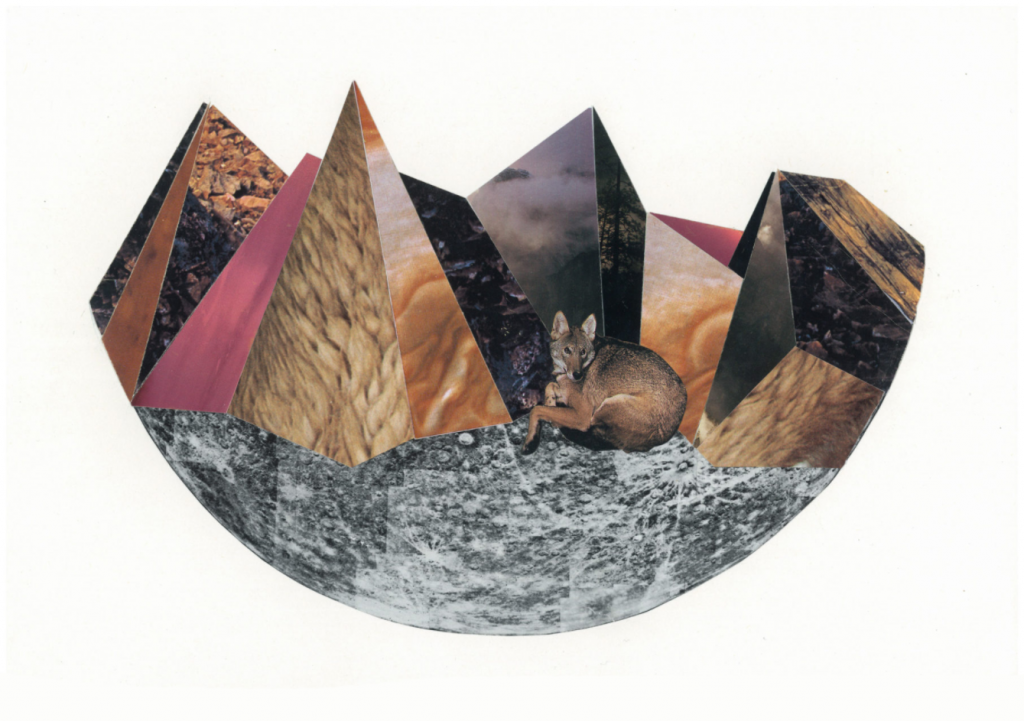
Phoebe Kahlo’s distinctive and intriguing work encourages art enthusiasts to interpret through their own lens, with each piece conveying whatever meaning the viewer may desire.
HAPPY: Tell us a little bit about your background, and how you fell into the creative industry.
PHOEBE: I’ve been making things since I was a little girl. I come from a family of artists and I am lucky in that expressing myself creatively is always something that has been encouraged and fostered. I finished school determined that I would be an artist but clear that I also wanted to study other things at university. In this way, I have taken a more unconventional path with my practice. Self-taught (for the most part) and constantly making but all the while pursuing other simultaneous interests.
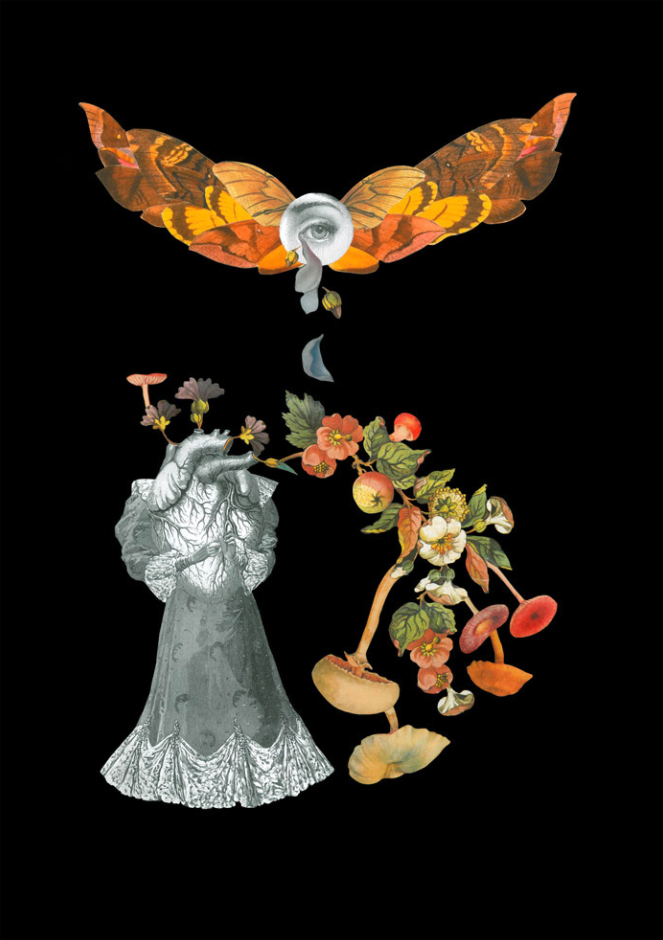
HAPPY: Is there an inspiration behind each piece, or something specifically it is representing?
PHOEBE: I’m really fascinated with symbolism, folklore and mythology, Jungian psychology, and science fiction, so these elements feature heavily in my work. I like that images hold certain universal meanings and I like to play with this, using imagery as an alternative form of language, a visual myth making. The works are always deeply personal, and have specific meaning for me, but at the same time the images I select are also highly symbolic and as such can have multiple other meanings which can be interpreted by the viewer through their own lens.
In my most recent body of work, The Night Garden, I have been working with themes centred around growth and resurrection. I am particularly interested in goddess traditions from around the world and these stories and archetypes often find their way into my work in one way or another.
In saying that, I don’t often start out with any clear idea of what I am going to make, and it’s usually only once the piece is assembled that I sit back and work out what is happening behind the piece. For me the process of making is a deeply meditative process and is as important to me as the finished product. It’s a time to still the mind and enter into that dream space and find what is hiding beneath all the noise.
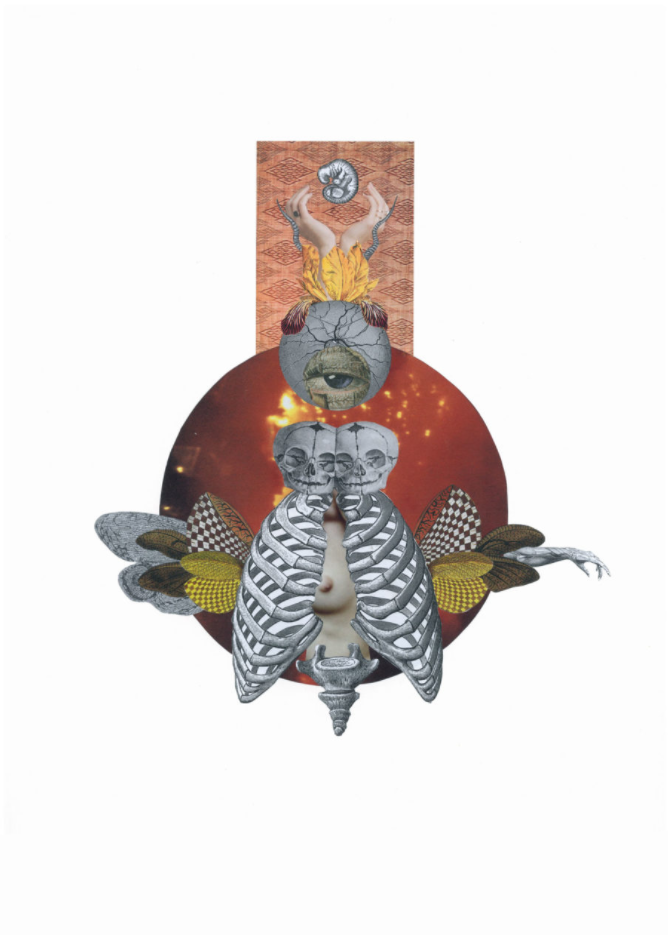
HAPPY: How and why did you decide to get into analogue collage?
PHOEBE: I first became fascinated with collage when I was a young child and my mother was in art school. I spent all my sick days accompanying her to her studio and I spent lots of time in the art school library. There was a book there full of 19th century black and white engravings of people at work that I was obsessed with. It was basically this catalogue of tools and kitchen wear, but I was captivated by the images, the precise line work and the way these ordinary, and seemingly mundane, objects were being painstakingly and beautifully catalogued in the absence of readily available photography. I spent hours photocopying pages to keep, not knowing what to do with them but wanting them just the same. This began my fascination with collecting imagery that would later find its way into my collages.
But it wasn’t until 2011 that I seriously put down my paint brush and took up the scalpel. I had badly injured my shoulder in an accident a few years prior and I had a slow recovery following surgery. During this time I was desperate to keep creating, but painting was painful and I was looking for a more direct way to create. Unable to paint, collage became a way to fulfil my creative outlets. I fell in love with the immediacy that the medium allows in the bringing together of ideas and the rich symbolism that can be created with the right selection of imagery.
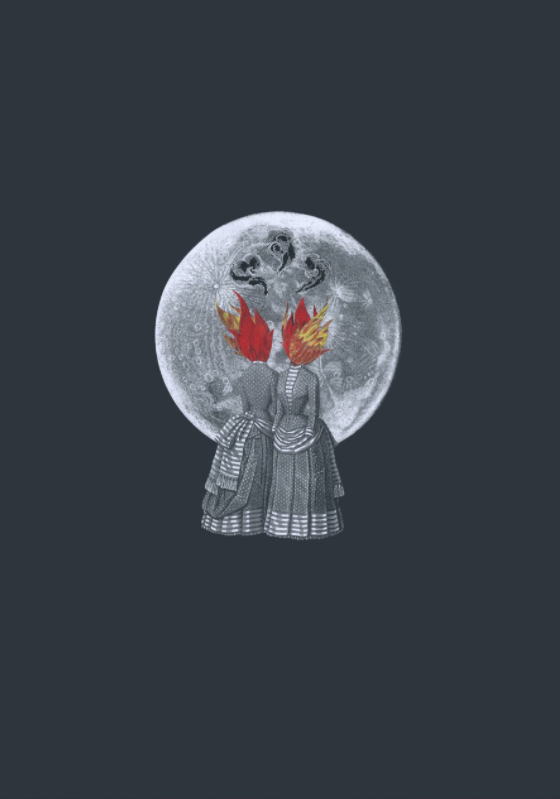
HAPPY: Talk us through the process behind your artwork, how is each piece created?
PHOEBE: I have large collection of source material; draws and draws of the stuff. This is gathered from sources like Dover’s pictorial archives, vintage National Geographic magazines and the British Library’s collections on Flickr Commons. Usually I will start with a singular image that I want to work with. This could be an anatomical etching of a rib cage, a heart, or a particularly beautiful botanical illustration, and things just naturally build from there.
I like working with analogue collage because there some clear limitations in the medium. I usually only work with imagery that I have on hand at the time, and this pushes me to be really creative in assembling the works. There is a spontaneity about working with collage in this way and a reliance on the chance meeting of the right images and material. I love that. It’s out of these limitations that magic happens and the works take on a life of their own.
I use a variety of scalpels, scissors and glues, gold leaf and acrylic paints. Once individual pieces are painstakingly cut I assemble the images in a variety of ways before finishing the pieces on high quality Arches paper or wooden panels.

HAPPY: Has your artwork now become a full-time, prospective career or is it just a side project to your day job?
PHOEBE: Over the years I have grappled with this idea of what it is to be a “successful” artist. For me making art has never been about being traditionally successful and as a consequence I haven’t actively pursued it as a full-time career.
While I take on commission work from time to time and I do exhibit and sell my work, I am fortunate enough to have a steady income outside of the arts that provides me with the financial flexibility to pursue art making that is solely for me. That’s been really important for me, because while I love to collaborate with others on album art, tattoo design and through work for journals etc., it is the work that I make solely for myself that makes me most happy and that I feel most passionate about.
Not having to rely on generating an income from my work has given me a great deal of freedom in what I make. I don’t have to worry about whether it is on trend or speaks to other people. The fact that others like it too is simply a bonus.

HAPPY: Do you have any upcoming shows or projects we can look forward to in 2017?
PHOEBE: I have actually just finished up with a show, Moth, at Jugglers Art Space, which came down not two weeks ago. There was a lot of energy put into getting the show together and up. It was a really exciting time of making and towards the end I could see a shift emerging in my work, working with wood panels and incorporating painting back into the mix which I am really keen to explore further.
So, I’m hoping to spend the next few months taking stock and exploring these new paths in my work and see where that leads. There are also some ideas bubbling around for a children’s book, but only time will tell.
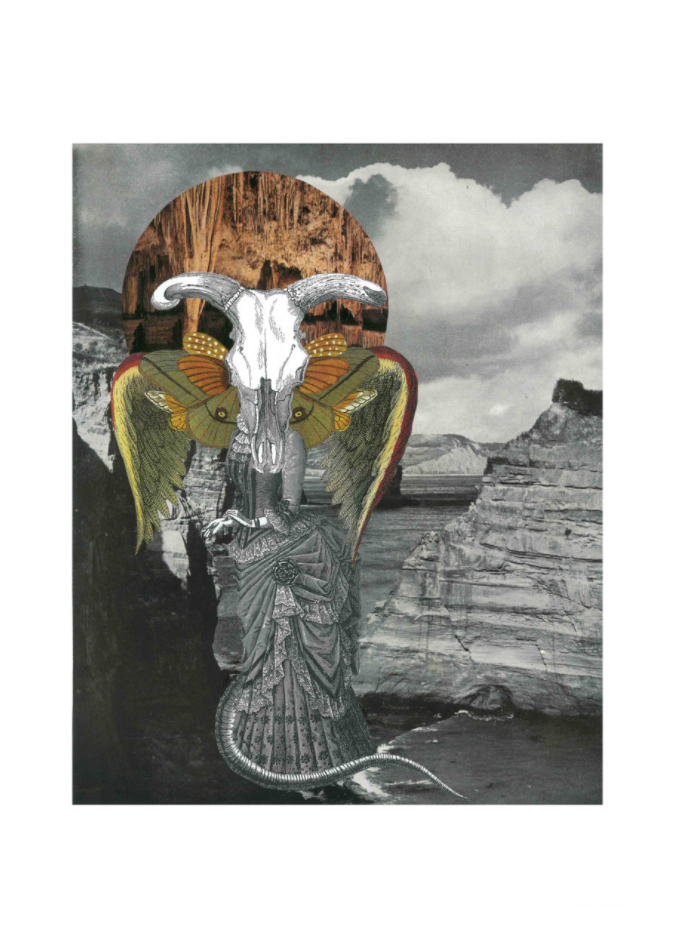
Stay up to date with Phoebe’s work on her website.

